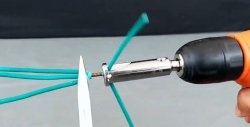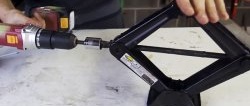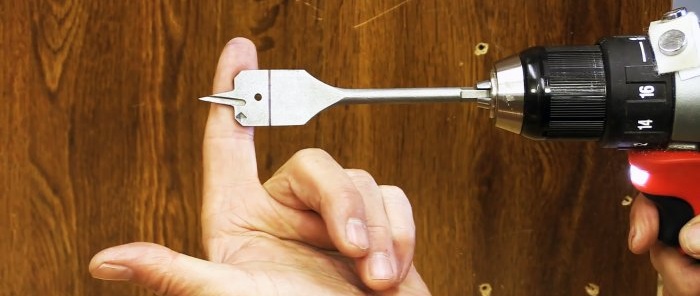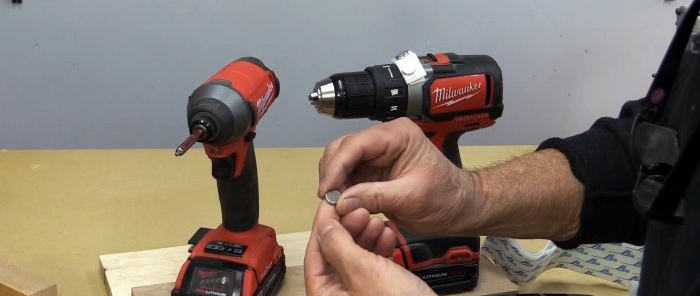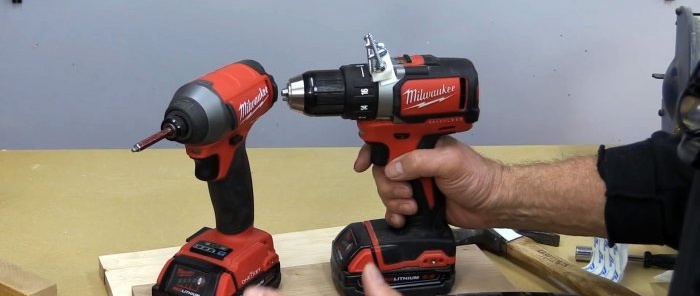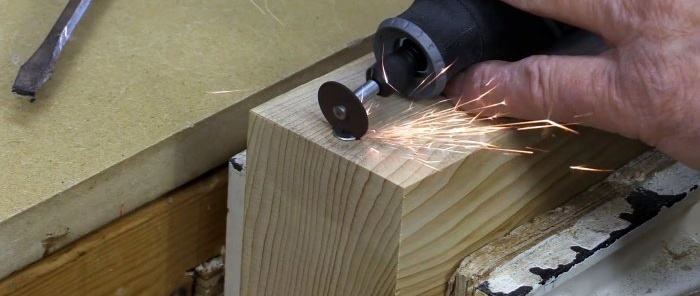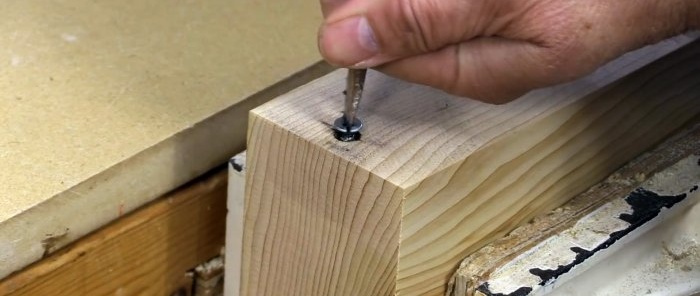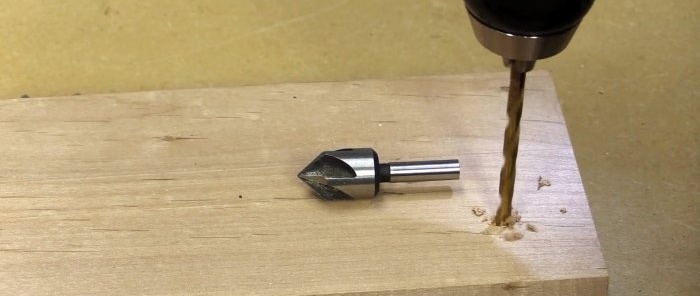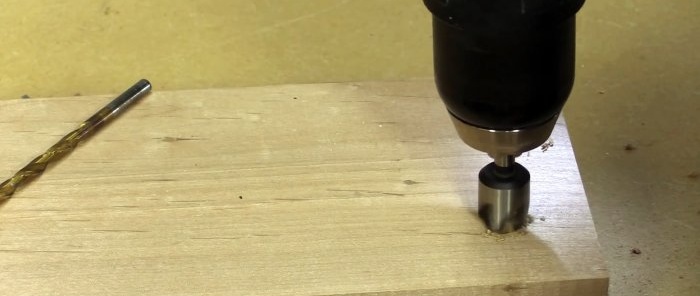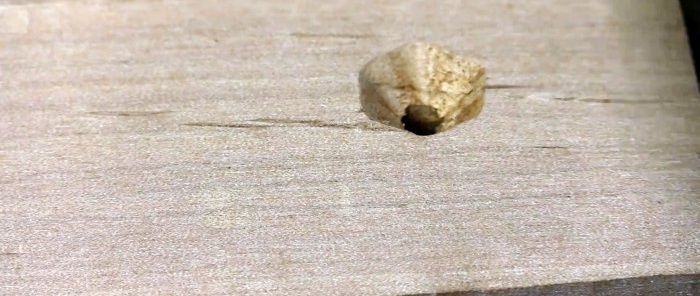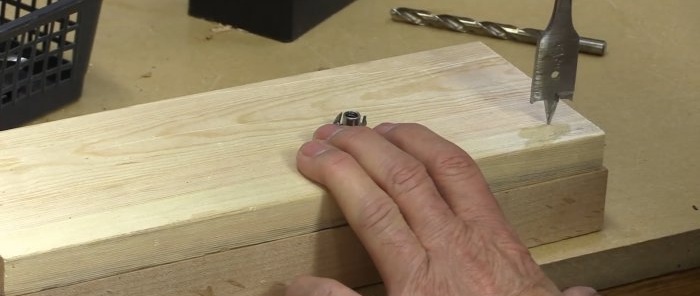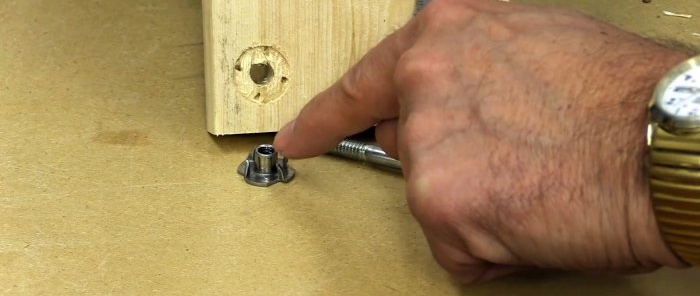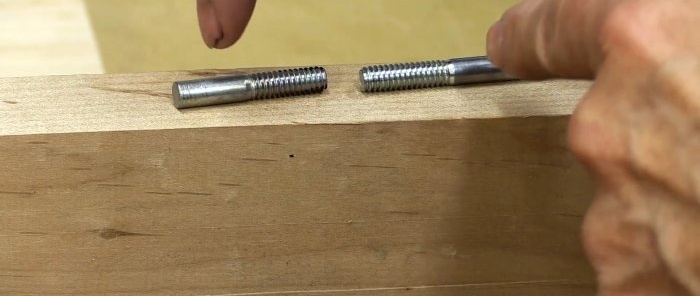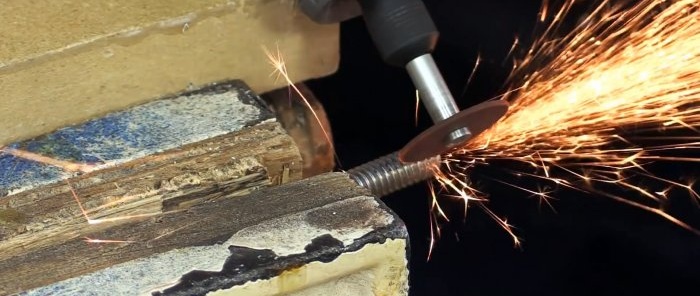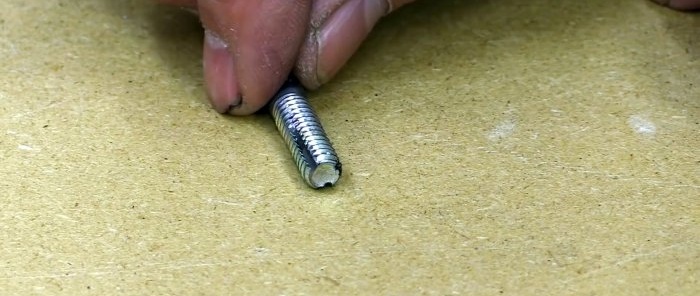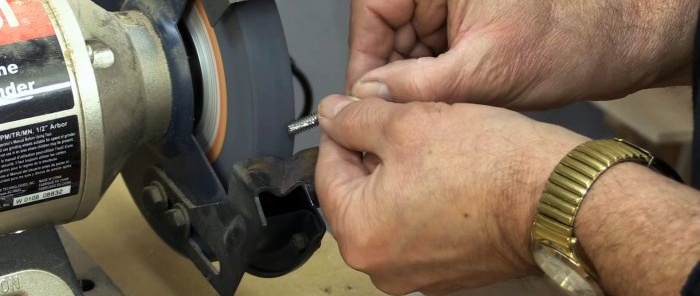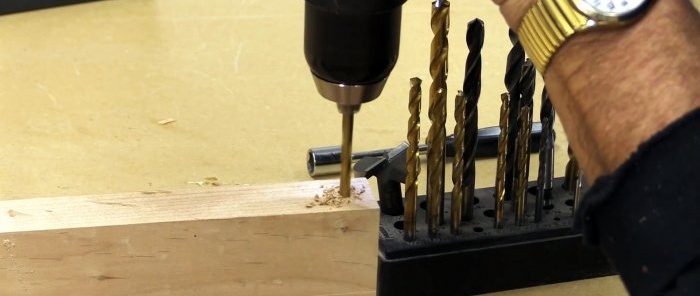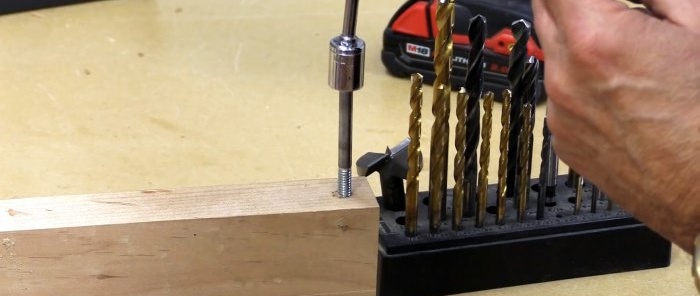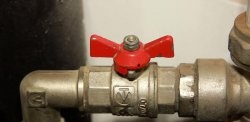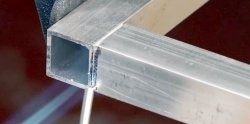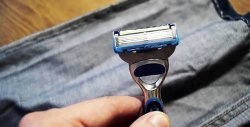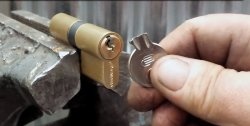5 tips and tricks when working with a screwdriver
A cordless screwdriver is a useful tool that can greatly simplify your work. But if you know certain tricks, then working with a screwdriver will be easier and simpler.
Stopper for pen drills for wood
Spade drills for wood often drill holes in the wood that are too deep, or, conversely, they are too shallow and the screw head does not hide in them.
To avoid this, just draw a line on the drill, and you will see during the drilling process when you need to stop working. This way you can drill several holes with the same depth.
Magnets for holding screws
When working as a screwdriver, you often have to climb into various inconvenient places. In such cases, you have to carry self-tapping screws in your pockets, and getting them out is inconvenient; often the screws fall and you have to go down to get them.
Installing two small magnets will make life much easier () on the screwdriver body. Round magnets are glued to double-sided adhesive tape, the same piece of double-sided adhesive tape is glued to the body of the screwdriver.
Now you can easily hang several self-tapping screws on magnets - they will be held in place by the force of magnetism, and the magnets themselves will be securely held in place by using double-sided adhesive tape.
You can also use adhesive tape with magnets on a hammer.
How to unscrew a self-tapping screw if you don’t have the right attachment
If you need to unscrew a self-tapping screw for a square slot, but you don’t have the necessary screwdriver attachment, a Dremel will help. Using a small circular saw for a Dremel, a transverse cut is made in the head of the screw.
After this procedure, the self-tapping screw can be unscrewed with a socket or a straight-blade screwdriver.
Correct work with countersinks
Using countersinks, you can make holes in the wood in which the heads of the screws will “sink.” But the countersinks sometimes slip off, and non-through holes are drilled slightly in the wrong place where they are needed.
To avoid such a disaster, you must first drill with a regular wood drill, and then use a countersink.
Working with threaded bushings for screws
To screw a bolt into a piece of wood, you need a thread on the inside. Most often, special threaded bushings are used for this.
Typically, feather drills are used to install threaded bushings, but in this case, the hole for the thread is too small, and if you take a large-diameter feather drill, the hole for the screw head will be too large.
An ordinary drill can save the situation - we make a hole of a larger diameter for the thread, but touching the hole itself - the threaded sleeve is quite easily driven into the wood with a hammer.
Wood screws without threaded bushings
If there are no threaded bushings, then you can make a special device for cutting threads in a wooden part, which will work on the principle of a drill.
To do this, take a bolt of the required diameter and cut off the head.
Then, using a circular saw on a Dremel, the threads are cut across to approximately the middle of the thread height. You need to make four cuts on the four sides of the screw.
After this, the lower part of the bolt with slots is ground using electric sandpaper in the shape of a funnel. The device for cutting carvings in wood is ready!
Now, using a screwdriver and a regular wood drill of a smaller diameter, a hole is made to the required depth. The diameter of the drill must correspond to the diameter of the part of the thread cutting device turned on an electric grinder.
The device is clamped into the screwdriver chuck and a thread is made. It is enough to screw and unscrew this device twice, and that’s it, the thread is ready. Now all that remains is to screw the screw in there.
Using these life hacks, you can work with a screwdriver much more efficiently!
Watch the video
Similar master classes
